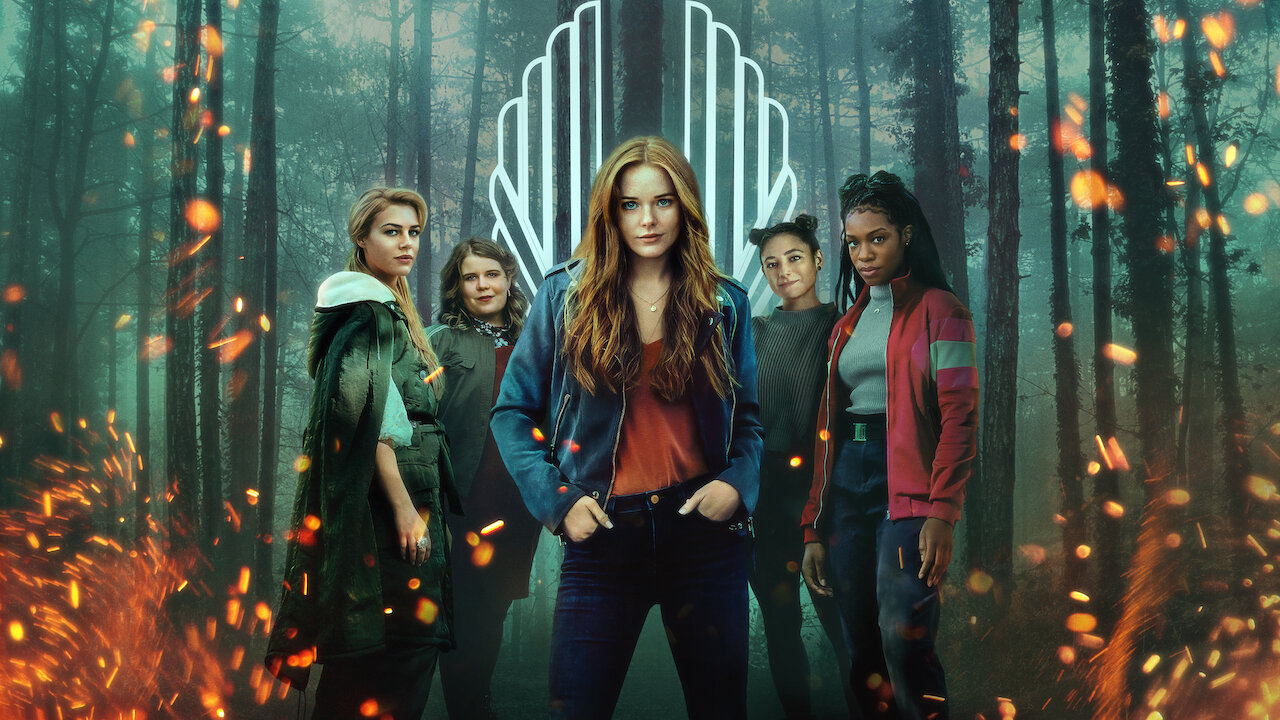Table of Contents Show
I wasn’t aware people wanted a live-action Winx Club until Netflix announced Fate: The Winx Saga, and all of the social media I frequented was flooded with the news. I was a Winx Club aficionado back in the day. I used to write pages-long recaps for my friends who had missed an episode.
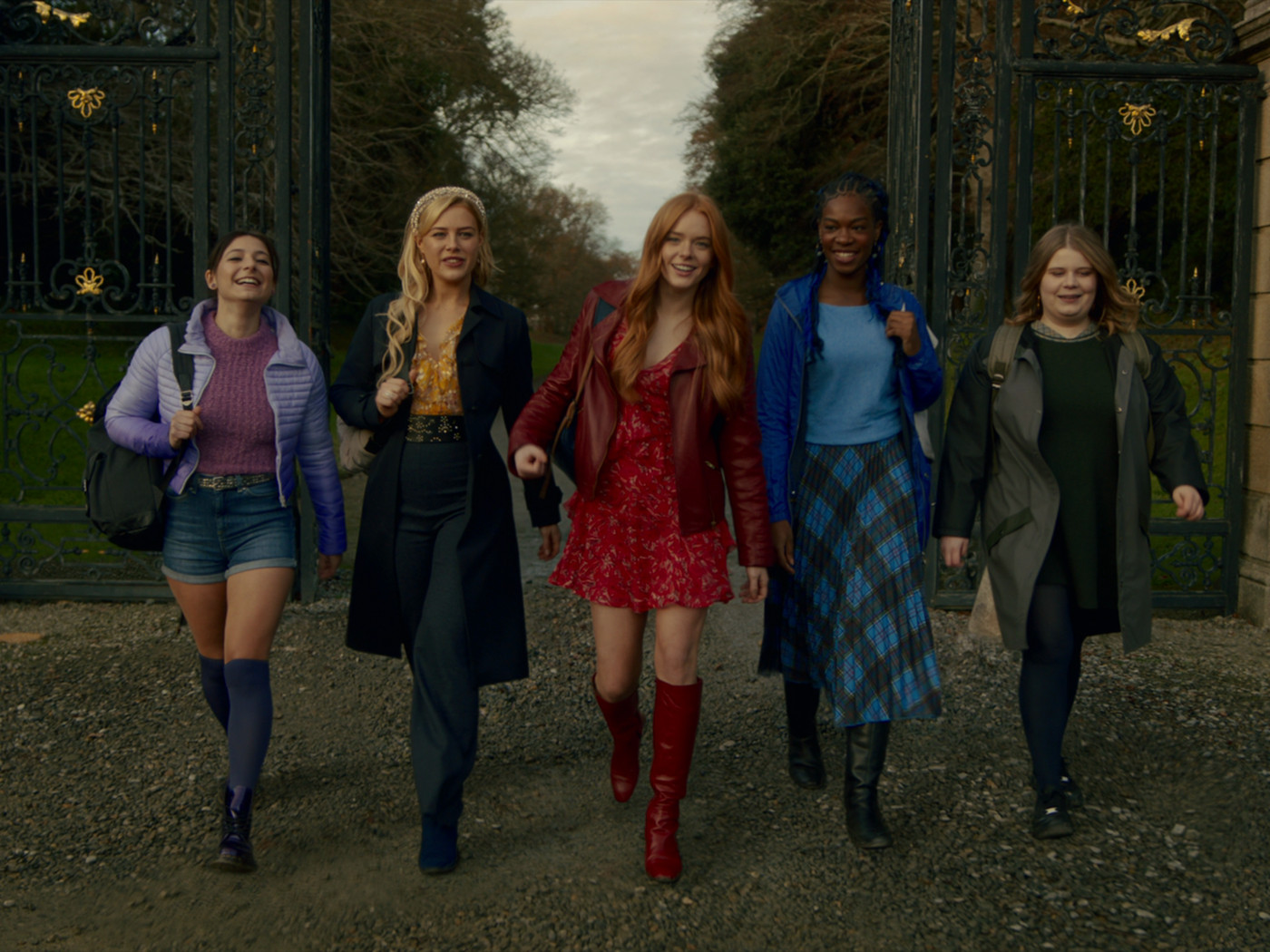
I had the same instinctive response as I did back when Riverdale was first announced, an excitement that a piece of my childhood was being resurrected. That should have been my first clue. The first images of the show were not encouraging either, with muted colors and white-washed characters.
Still, nostalgia had its hold on me. My best friend who watched the show with me as a kid and I decided to team up again to experience the new, dark take on the children’s classic.
The Original Winx Club
First, I want to give some background about the original show. Winx Club was an Italian-American animated show which first premiered in 2004. Its original run was from 2004-2009, and Nickelodeon later revived it from 2011-2019. The show followed six girls who were all students at the Alfea College for Fairies: Bloom, the main character — the fairy of the Dragon Flame, Techna — fairy of technology, Flora — the fairy of nature, Stella — the fairy of the sun, Musa — the fairy of music, and Aisha, a later season addition, the fairy of waves.
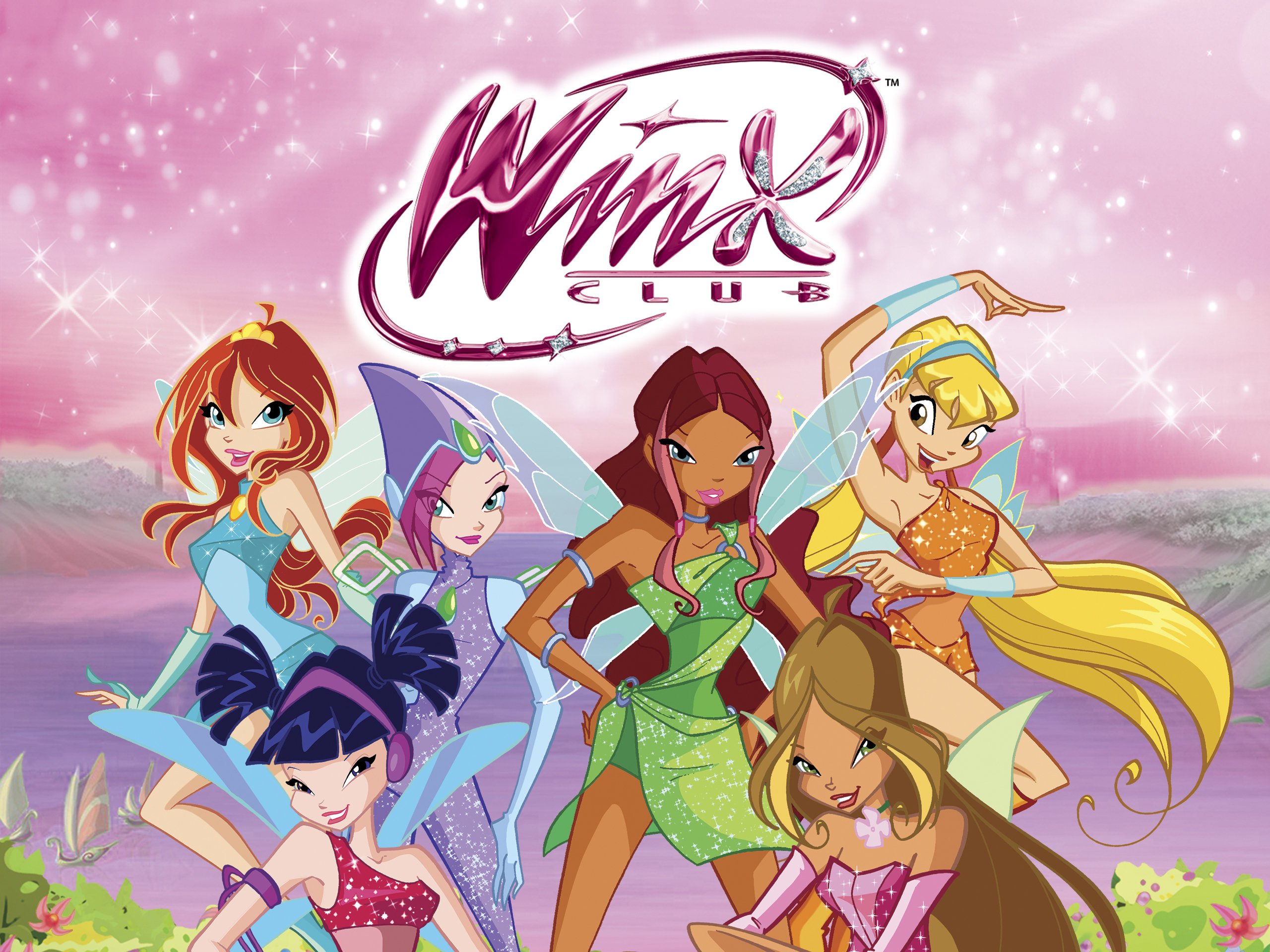
The group, dubbed ‘Winx Club,’ worked together to fight the forces of evil, which mainly took the form of a trio of witches called “The Trix.” The show had a monster of the week format, where generally the Trix would show up, cause mayhem, and the Winx Club would arrive, undergo cool magical girl transformation sequences, and fight them. They had a new transformation sequence every season — Charmix, Enthanix, Believix, the list goes on for a while. The show was full of bright colors and bright fashion, and it had very positive depictions of female friendship. Fate: The Winx Saga could not be more opposite.
The Pilot Episode: “To the Waters and the Wild”
Warning: the following content will contain spoilers for the Netflix show.
The Winx Saga‘s pilot episode begins with the gruesome death of an unnamed farmer to illustrate the serious nature of the show before jumping to Bloom’s arrival at Alfea’s campus. The filming location is sprawling and gorgeous (County Wicklow, Ireland), but there is no other flavor to the visuals. The saturation is turned way down, and there is minimal color.
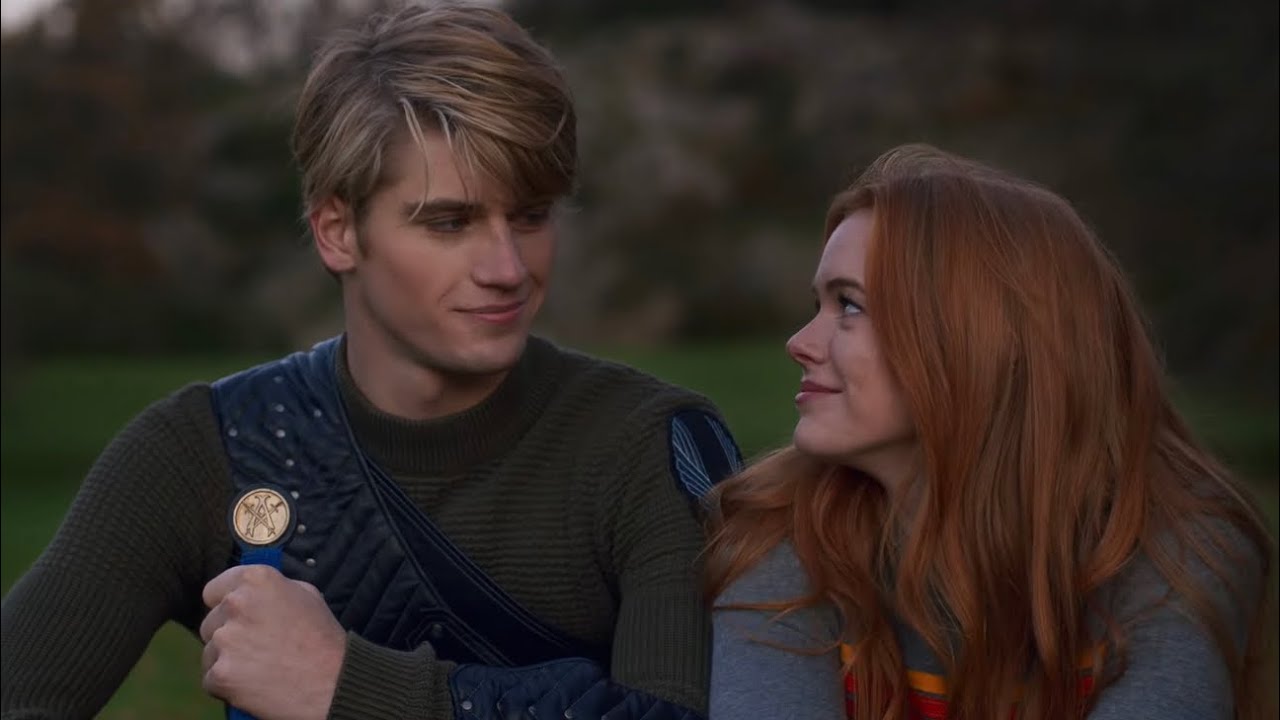
Bloom stumbles around lost and confused for a little while before Sky (Danny Griffin), who had noticed and followed Bloom from across the courtyard, sidles up alongside her and strikes up a conversation in perhaps the rudest way possible, saying, “Wow. You are so lost. I’m impressed with your confidence in the face of complete ignorance.”
Bloom struggles to keep a small smile off her face, which is decidedly not what my reaction would be if a guy jogged up and immediately belittled me. This is supposed to be chemistry, and it is emblematic of one of the biggest problems with The Winx Saga and a lot of darker adaptations — the show assumes that the audience’s familiarity with the source material will fill in the blanks that the show itself leaves open. Sky is Bloom’s boyfriend in the original series, and the show relies on that fact to avoid doing actual character work.
Bloom then meets her guide, Stella, who is at best snotty and at worst borderline cruel. Over the next ten minutes, Bloom is introduced to her other roommates, Aisha, Musa, and Terra (not the line-up that was necessarily expected). Bloom also has a conversation with the headmistress where she confesses that she thought a school for fairies would have people with wings. The headmistress replies, “Well, we had wings in the past. As we’ve evolved, transformation magic has been lost.” The Winx Saga completely disappoints here. The most recognizable feature of the original series was the transformation sequences, and the audience is denied this (at least for the majority of the season).
Spot The Differences
There are already a few key differences between The Winx Saga and Winx Club. Techna, one of the core original members, is nonexistent. Musa, whose original design was based on Lucy Lui, a Chinese woman, is played by a part-Singaporean, part-European actress. This casting choice treats east Asian actors as interchangeable. Musa is also no longer a music fairy but a mind fairy who uses music to distract herself from other people’s emotions.
Flora’s cousin, a plus-sized white girl, named Terra, replaces Flora, whose original design was based on Jennifer Lopez. It’s nice to see more body diversity, but it would be easy to cast a plus-sized Latina actor. Terra’s storyline also entirely revolves around her body, and she’s the constant butt of not only other student’s jokes but the other girls’ jokes as well.

Fate: The Winx Saga is the Winx Club in name alone. The three members of The Trix (Icy, Darcy, and Stormy) are replaced by a single girl cleverly named Beatrix; every single character’s backstory has been completely transformed other than Stella’s. Stella is still a princess and heir to the Solarian crown, and this is an integral part of the overall plot. In the original series, Aisha was also a crown princess, another key part of the plot. Aisha is also the only main character without a character arc or backstory, and she’s relegated to a supportive role to enable Bloom’s character arc.
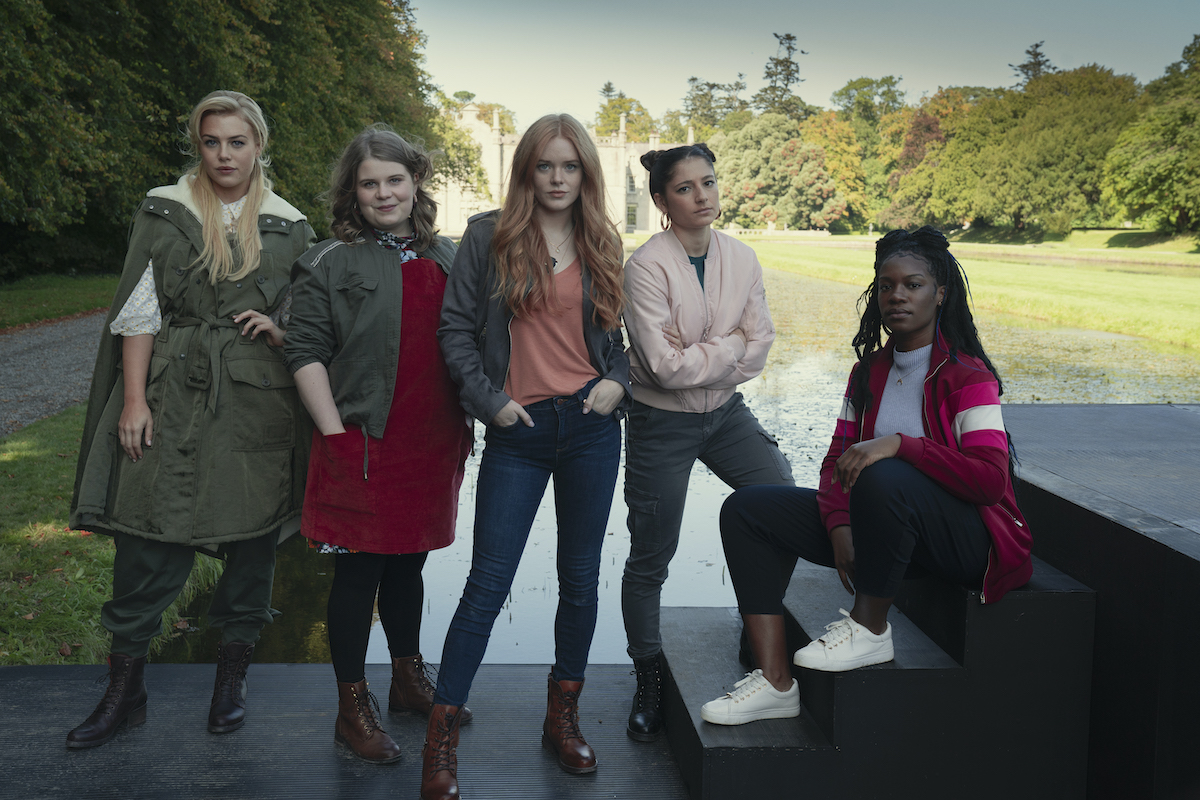
On top of all this, none of the girls like each other. They are all rude to one another for no reason. After an episode or two, the show, like with Sky and Bloom’s interactions, assumes that the viewer will just know that the girls are all friends, though this is not built on-screen at all. When Stella and Musa continue to make sly comments about Terra’s emotional turmoil over a guy she likes, the audience is suddenly supposed to perceive it as friendly bickering rather than the cruel prods it was introduced to us as. Winx Club was arguably such a popular show because it was, at its core, about female friendship and support. There’s just very little left of the original Winx characters and themes.
The Problem With Gritty Remakes
Fate: The Winx Saga is similar in adaptation style and approach to Riverdale, a show based on the Archie Comics intellectual property with added murder, drug empires, and auto-tuned off-key musical episodes. Riverdale is most known for its semi-absurdist plot points — Veronica’s dad is a crime boss, Jughead becomes the leader of a motorcycle gang for a while, and Archie fights a bear. Both shows have been critiqued for their ‘edgy’ take on the source material, and they’re good examples of why darker remakes usually don’t work – they show a complete disconnect from the original content.
As an original show, Riverdale isn’t terrible. It’s borderline campy with its wild story arcs and there’s a certain joy to be found in watching just to see what the showrunners will come up with next. I spent the first half of quarantine binging the first two seasons with a friend, and it was a fun, escapist experience in the middle of a terrifying pandemic. However, it was decidedly not an Archie Comics story, in the same way that Fate: The Winx Saga is not a Winx Club story.
I want to preface this critique by saying that I am a huge Archie fan. I still have at least thirty digests strewn around my house, and I worked at a comic book store for years – I know my Archie. Riverdale essentially takes the character’s names and lays them over top of a suspenseful teen drama. The original Archie content is a series of slice-of-life snippets set in an all-American small town and high school.
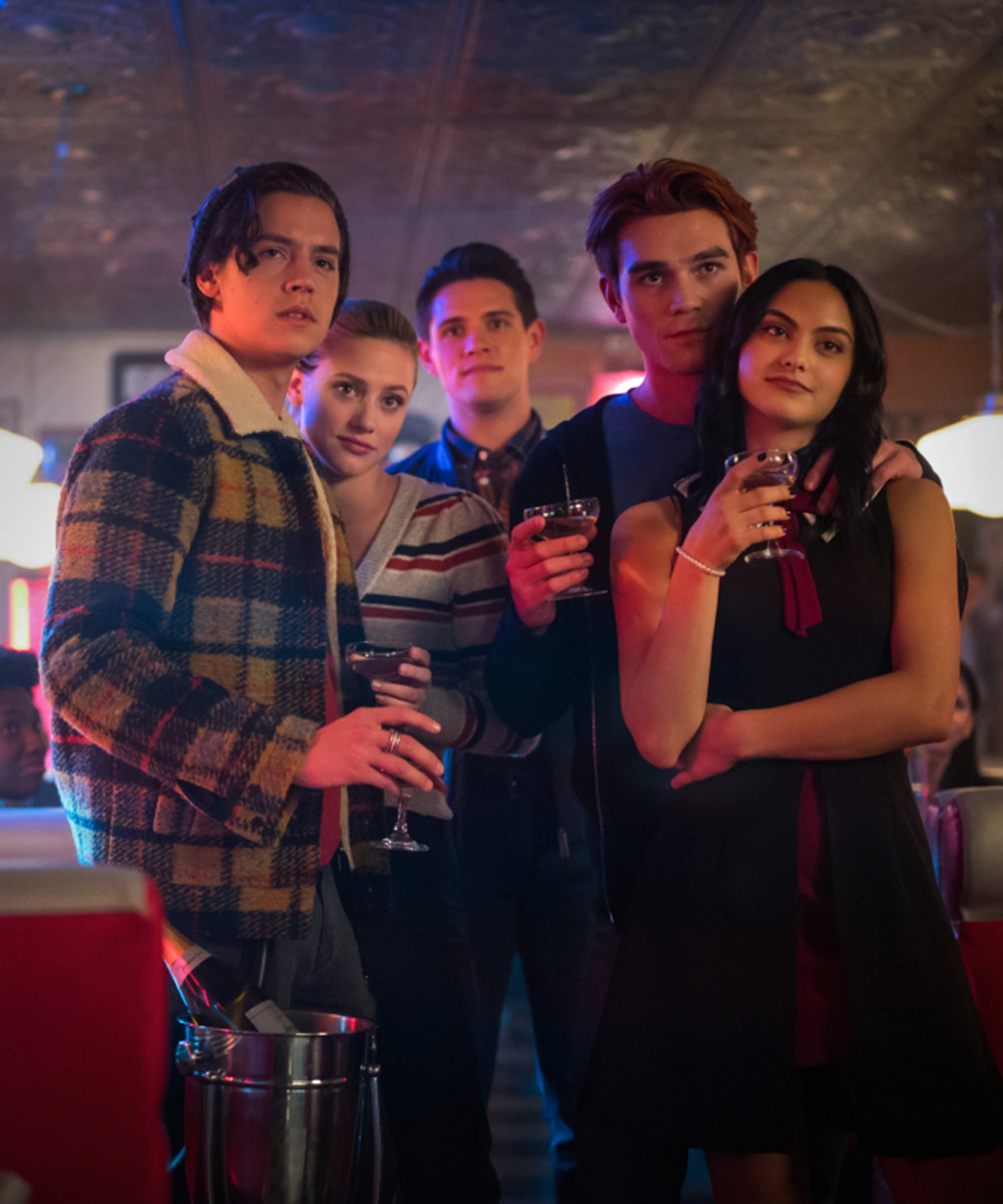
Chuck Clayton of the comics was a comic artist who was kind and well-liked. Chuck Clayton of Riverdale slut-shames and spreads rumors about girls. Jughead of the comics is characterized by his love of food and lack of interest in girls, and he was also recently confirmed as asexual in the comics. Jughead of Riverdale is characterized by his steamy relationship with Betty Cooper and his love of writing. Stella of Winx Club would likely despise her The Winx Saga counterpart, who is always making catty, biting comments about those around her, even her supposed friends. The original Stella could be proud and self-involved, but she was loyal to her friends and an important source of support. The Winx Saga‘s Stella seldom inquires about the wellbeing of her roommates until the last episode when she’s suddenly incredibly caring and the core heart of the group.
The Winx Saga‘s big draw is not that it is a dark take on the moral ambiguity of war; it’s that it is a show based on a fond childhood classic, and while it may not disappoint on the war themes, it does as an adaptation. If it were a show unaffiliated with Winx Club, it still wouldn’t be good, but it would have some highlights. The general conflict of the show is between the girls and a previously extinct race of monsters called “The Burned Ones,” as well as a secondary conflict that pits the girls against the school’s teachers, who constantly withhold information to keep the realities of war hidden from the student body.

Beatrix of The Winx Saga is also an interesting villain who is both sympathetic and morally gray, and the show balances this well. The show is still very flawed, with minimal consistent characterization and age-inappropriate casting. The dialogue reads like the writers have never met a teenager, but I can see where it would be engaging. However, Fate: The Winx Saga is not a stand-alone show. It is a Winx Club remake, and it wholly fails in this attempt. The blatant white-washing, the completely out-of-character characterization, the dull fashion choices, the washed-out color palette, the cruel depiction of female friendships, the loss of the beloved Trix: it’s kind of terrible. It shows no love for the original series. It almost shows distaste.
Missed Opportunities
The problem with gritty remakes is not necessarily that they are dark. The original show, behind all the bright colors and crop tops, was pretty dark. Bloom is one of two survivors from a slaughter that turned her entire planet into a frozen wasteland. Aisha’s fiancée sacrifices himself to kill a major villain. There are opportunities to explore a violent and morally ambiguous world, but they didn’t take them.
In Archie comics, there’s a series where Jughead accidentally starts a zombie apocalypse that claims the lives of the majority of their friends. There’s one where Veronica is a vampire and tries to kill Betty. These are great possibilities for a darker take on the classic Archie premise. Riverdale and The Winx Saga are not bad because they’re dark. It’s because they are completely disconnected from the source content. They’re bad adaptations because they are barely adaptations.
